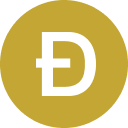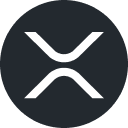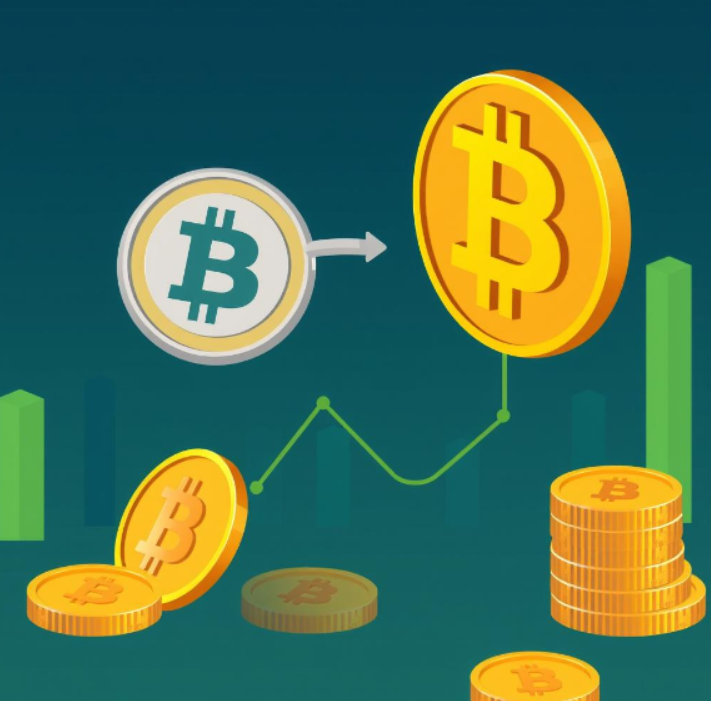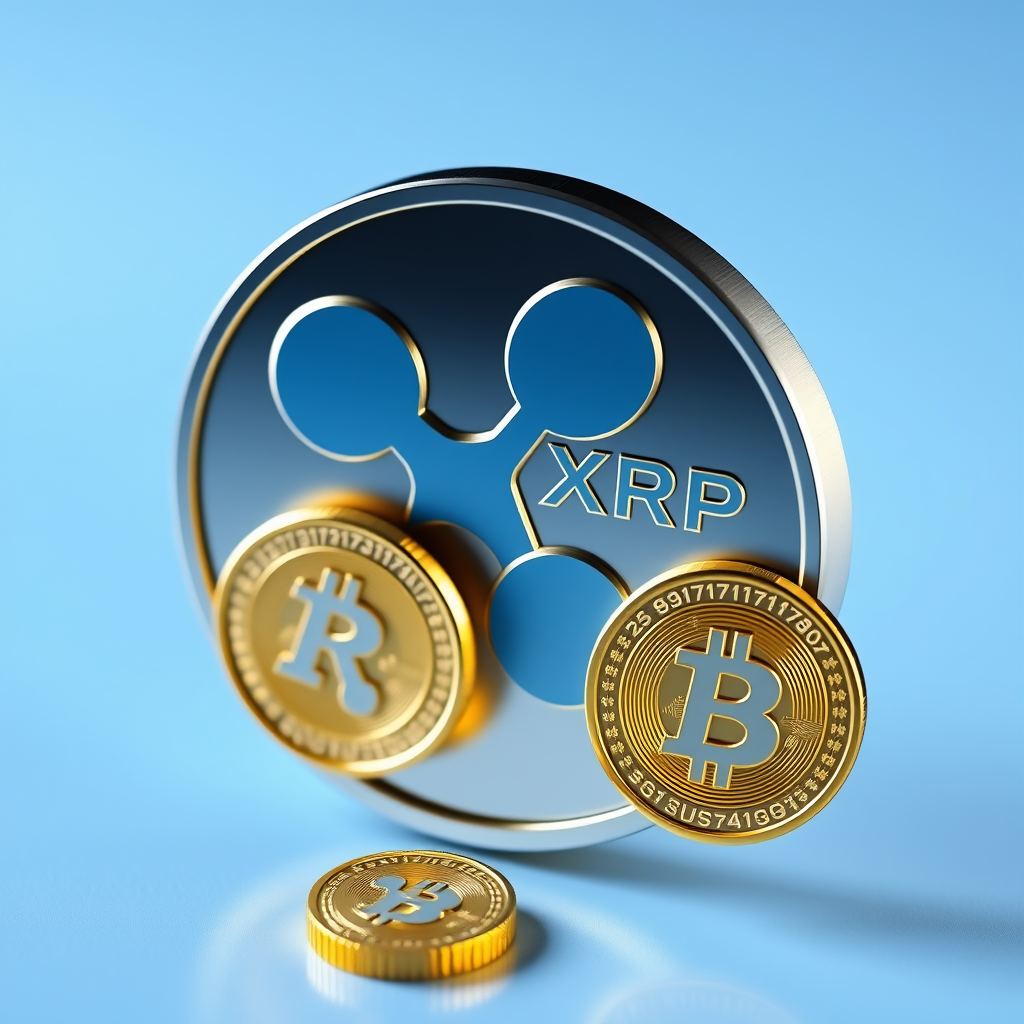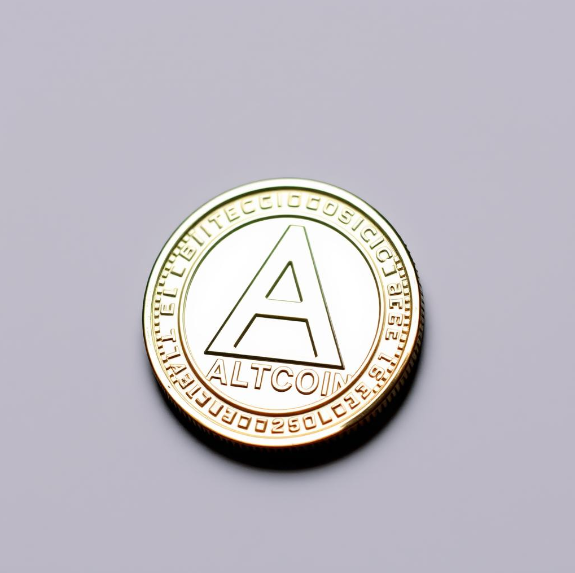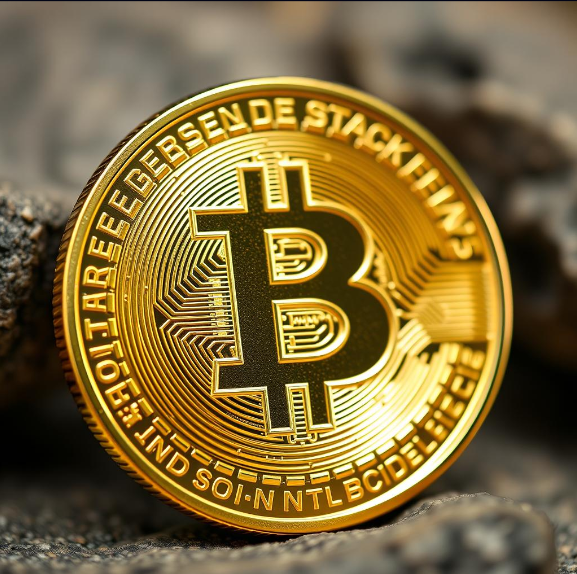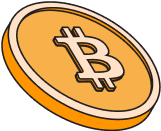How to Choose an Exchange to Buy and Trade Chainlink
Several key factors include the platform's security features, fee structures, payment methods, and user interface. Additionally, consider the exchange's liquidity and reputation among the LINK trading community to ensure a reliable and efficient trading experience. By thoroughly assessing these aspects, you can select an exchange that aligns with your specific trading needs.
Security
Security is crucial when trading Chainlink, as the safety of your assets depends on the exchange’s protective measures. Look for platforms that offer advanced security features such as two-factor authentication (2FA), cold storage for the majority of assets, and encryption protocols. Additionally, it’s important to check the exchange’s track record regarding hacks or security breaches to ensure your funds will be safe.
Trading Fees
Trading fees play a significant role in your overall trading costs, especially if you are an active trader. These fees can include maker and taker fees, which are charged when you place and execute orders on the exchange. Some platforms offer fee discounts for high-volume trading or for using their native tokens to pay fees. Comparing the fee structures of different exchanges can help you find the most cost-effective platform for trading Chainlink.
Payment Methods
The variety of payment methods supported by an exchange can impact your convenience and costs when trading LINK. Some exchanges offer multiple options, including bank transfers, credit/debit cards, and crypto-to-crypto transfers, while others may have limited choices. The availability of your preferred payment method and any associated fees should be considered when selecting a platform for Chainlink trading.
Accessibility
Accessibility encompasses both the ease of use of the exchange and its availability in your region. A platform with a user-friendly interface simplifies the trading process, especially for beginners. Additionally, ensure that the exchange is available in your country and supports your local currency, as this can affect the convenience of depositing and withdrawing funds.
Liquidity of Crypto Assets
Liquidity is a key factor when trading Chainlink because it determines how easily you can buy or sell the asset without causing significant price changes. High liquidity on an exchange allows for faster trade execution and tighter spreads, which is especially important during periods of market volatility. Choosing an exchange with high LINK trading volumes ensures a smoother trading experience.
Support
Good customer support is essential when dealing with potential issues on an exchange, such as technical problems or transaction delays. Look for platforms that offer responsive and knowledgeable support teams, available through multiple channels like live chat, email, or phone. Reliable customer support can make a significant difference in resolving issues quickly and effectively.
Reputation Amongst LINK Traders
The reputation of an exchange within the Chainlink trading community can provide valuable insights into its reliability and performance. Researching reviews and feedback from other LINK traders can help you assess the exchange's trustworthiness, ease of use, and overall satisfaction. Choosing a well-regarded exchange can increase your confidence in the platform’s ability to handle your trades securely and efficiently.
User Interface
A well-designed user interface can greatly enhance your trading experience. An intuitive and straightforward platform makes it easier to navigate, place orders, and monitor your portfolio. Whether you're new to trading or an experienced user, a user-friendly interface ensures that you can focus on your trading strategies without struggling with the platform’s design.
Types of Chainlink Exchanges and Trading Platforms
When trading Chainlink, you can choose from several types of exchanges and trading platforms, each catering to different trading preferences and needs.
Algorithmic Trading Platforms
Algorithmic trading platforms allow traders to automate their trading strategies using bots and algorithms. These platforms are ideal for experienced traders who want to execute high-frequency trades or complex strategies without manual intervention. They typically offer advanced tools for backtesting and optimizing trading algorithms.
Decentralized Finance (DeFi) Platforms
DeFi platforms enable users to trade Chainlink directly from their wallets without relying on centralized intermediaries. These platforms leverage smart contracts to facilitate trades and often provide additional features like staking, lending, and liquidity provision. DeFi platforms are popular for their security, as users retain control over their private keys.
Margin Trading Platforms
In the Chainlink ecosystem, margin trading platforms are essential for traders who want to leverage their positions and maximize potential gains. These platforms allow users to borrow additional funds to increase their exposure to Chainlink (LINK) and other assets, enabling more significant trading opportunities. By using margin trading, traders can take advantage of market fluctuations with amplified impact, all while relying on the decentralized and secure environment that Chainlink helps facilitate. This approach to trading is particularly attractive for those looking to execute more advanced strategies, as it offers the potential for higher returns. As Chainlink continues to be a pivotal player in the decentralized finance space, margin trading platforms supporting LINK provide critical tools for traders aiming to optimize their strategies and outcomes.
Cross-Chain Trading Platforms
Cross-chain trading platforms allow users to trade Chainlink across different blockchains. These platforms facilitate the exchange of LINK tokens with other cryptocurrencies on different networks, enabling greater flexibility and liquidity. They are particularly useful for traders who want to diversify their holdings across multiple blockchain ecosystems.
Social Trading Platforms
Social trading platforms allow users to follow and copy the trades of experienced Chainlink traders. These platforms are ideal for beginners who want to learn from more experienced traders or those who prefer a more hands-off approach to trading. Social trading can help users gain insights into effective trading strategies and market analysis.
How to Start Trading LINK
- Sign Up on a Chainlink Exchange: Choose an exchange that supports Chainlink and create an account by providing your email and setting a password. Complete the verification process, if required.
- Deposit Funds: Deposit funds into your account using your preferred payment method, such as a bank transfer, credit card, or cryptocurrency.
- Select a LINK Trading Pair: Choose the LINK trading pair you want to trade, such as LINK/USD or LINK/ETH.
- Place a Trade: Decide on the type of trade (market or limit order) and execute your purchase or sale of LINK.
- Secure Your LINK: After trading, consider transferring your LINK to a secure wallet to protect your assets from potential exchange vulnerabilities.
Exchange Fees When Buying and Selling LINK
When trading Chainlink, understanding the various fees charged by exchanges is crucial to managing your overall trading costs and maximizing profitability.
Transaction Fees
Transaction fees are charged on every trade you execute, typically as a percentage of the trade amount. These fees vary between exchanges and can be influenced by factors such as trading volume and the use of native tokens to pay fees. It's important to compare these fees to minimize trading costs.
Withdrawal Fees
Withdrawal fees apply when you transfer your LINK from the exchange to an external wallet. These fees can differ based on the blockchain network and the exchange's policies. Ensuring that withdrawal fees are reasonable can help preserve your profits when moving your assets.
Inactivity Fees
Some exchanges impose inactivity fees if your account remains dormant for a specified period. These fees can gradually deplete your account balance if you're not actively trading, so it's important to choose a reputable crypto exchange that aligns with your trading frequency.
Conversion Fees
Conversion fees are charged when you convert LINK into another cryptocurrency or fiat currency on the exchange. These fees can vary depending on the currency pair and the exchange's rate. Comparing conversion fees across platforms can help you avoid unnecessary costs, particularly when making cross-currency trades.
History of Chainlink
Chainlink was launched in 2017 by Sergey Nazarov with the aim of bridging the gap between smart contracts and real-world data. Built on the Ethereum blockchain, Chainlink provides decentralized oracle services that allow smart contracts to securely interact with off-chain data sources, APIs, and payment systems. This functionality is critical for enabling complex smart contracts in various industries, such as finance, insurance, and supply chain management. Since its launch, Chainlink has become a leading decentralized oracle network, with its native token, LINK, playing a vital role in the ecosystem by incentivizing node operators to provide reliable data.
The Unique Value Proposition of Chainlink
Chainlink’s unique value proposition lies in its ability to connect smart contracts with real-world data through decentralized oracles. This capability enables smart contracts to execute based on data inputs that exist outside of the blockchain, such as market prices, weather conditions, or event outcomes. Chainlink’s decentralized approach ensures that data is not controlled by a single entity, enhancing the security and reliability of the contracts it supports. This innovative technology sets Chainlink apart from other altcoins and makes it a critical infrastructure for the future of decentralized finance (DeFi) and other blockchain applications.
The Future of Chainlink in the Cryptocurrency Market
Chainlink is poised to play a significant role in the future of the cryptocurrency market, particularly within the rapidly growing decentralized finance (DeFi) sector. As more smart contracts rely on external data to execute, Chainlink’s decentralized oracle network becomes increasingly vital. The platform’s ongoing development, partnerships with major tech firms, and expansion into new blockchain ecosystems suggest a promising future. With its unique technology and widespread adoption, Chainlink is well-positioned to remain a key player in the blockchain industry, making it a compelling investment and trading option for the years ahead.
Other Altcoins You Can Trade
As you engage with Chainlink and its pioneering role in connecting smart contracts with real-world data, it’s worth exploring a variety of other altcoins that bring their own innovations to the crypto landscape. These assets cover a broad spectrum of use cases, from enhancing scalability to driving decentralized finance and privacy solutions. By diversifying your holdings, you can tap into different aspects of the blockchain ecosystem. Some key altcoins to consider include:
FAQ: Chainlink Exchange Platforms
How can I protect my Chainlink assets on an exchange?
To protect your Chainlink assets, choose an exchange with robust security measures, such as two-factor authentication (2FA), cold storage for the majority of assets, and encryption protocols. Avoid keeping large amounts of LINK on the exchange for extended periods, and consider transferring your assets to a secure hardware wallet after trading to reduce the risk of theft or loss.
What is the difference between market and limit orders for trading Chainlink?
A market order allows you to buy or sell Chainlink immediately at the current market price, ensuring quick execution but without control over the exact price. A limit order, on the other hand, lets you specify the price at which you want to buy or sell LINK, giving you more control but with the risk that the order may not be filled if the market doesn't reach your desired price.
Can I trade Chainlink on a mobile app?
Yes, many exchanges offer mobile apps that allow you to trade Chainlink on the go. These apps typically provide the same functionality as the desktop version, including real-time price tracking, order placement, and portfolio management. Trading on a mobile app can be convenient, but ensure that the app is secure and regularly updated to protect your assets.
What are the risks of using algorithmic trading platforms for Chainlink?
Algorithmic trading platforms can automate your trading strategies for Chainlink, but they also come with risks such as software glitches, incorrect parameter settings, and market conditions that don't align with the algorithm's assumptions. It's essential to thoroughly test your algorithms in a simulated environment before deploying them with real funds, and to monitor their performance regularly.
How does staking work with Chainlink on exchanges?
Staking typically involves locking up your Chainlink tokens on an exchange or platform to earn rewards, often in the form of additional LINK tokens. Not all exchanges offer staking for Chainlink, and the terms can vary, including lock-up periods and reward rates. Staking on an exchange means trusting the platform with your tokens, so it's important to choose a reputable exchange with strong security measures.
What happens if an exchange where I trade Chainlink gets hacked?
If an exchange where you trade Chainlink gets hacked, your assets may be at risk depending on the platform's security protocols and insurance policies. Some exchanges may compensate users for losses, but this is not guaranteed. To mitigate this risk, consider using exchanges with a strong security track record and withdrawing your LINK to a personal wallet after trading.
Are there any tax implications for trading Chainlink?
The tax implications for trading Chainlink vary by country, but typically, profits from trading LINK are subject to capital gains tax. It's important to keep detailed records of all your transactions, including the purchase price, sale price, and dates of each trade, to accurately report your gains or losses. Consulting with a tax professional can help ensure compliance with your local tax laws.
Can I participate in Chainlink liquidity pools?
Yes, some decentralized finance (DeFi) platforms offer liquidity pools where you can contribute your Chainlink tokens to provide liquidity for trading pairs. In return, you may earn a portion of the trading fees generated by the pool. However, participating in liquidity pools carries risks, such as impermanent loss, where the value of your staked tokens can fluctuate.
What is the best strategy for trading Chainlink?
The best strategy for trading Chainlink depends on your risk tolerance, market analysis, and investment goals. Some traders prefer long-term holding strategies, while others engage in short-term trading to capitalize on market volatility. Diversifying your approach and staying informed about market trends, technical analysis, and news related to Chainlink can help you make more informed trading decisions.
Conclusion: The Best LINK Buy & Sell Platforms Ranked by Bitcoin.com
Selecting the best platform to buy and sell Chainlink (LINK) is critical to optimizing your trading experience. Each platform offers unique features and advantages, so it’s essential to evaluate them based on your individual trading needs and preferences. Remember, our rankings are regularly updated to reflect the latest market developments, so check back frequently for the most current information.
Business & Partnership Enquires
For business or partnership queries, please contact us through affiliates@bitcoin.com. Our marketing experts will assist you as soon as possible.



